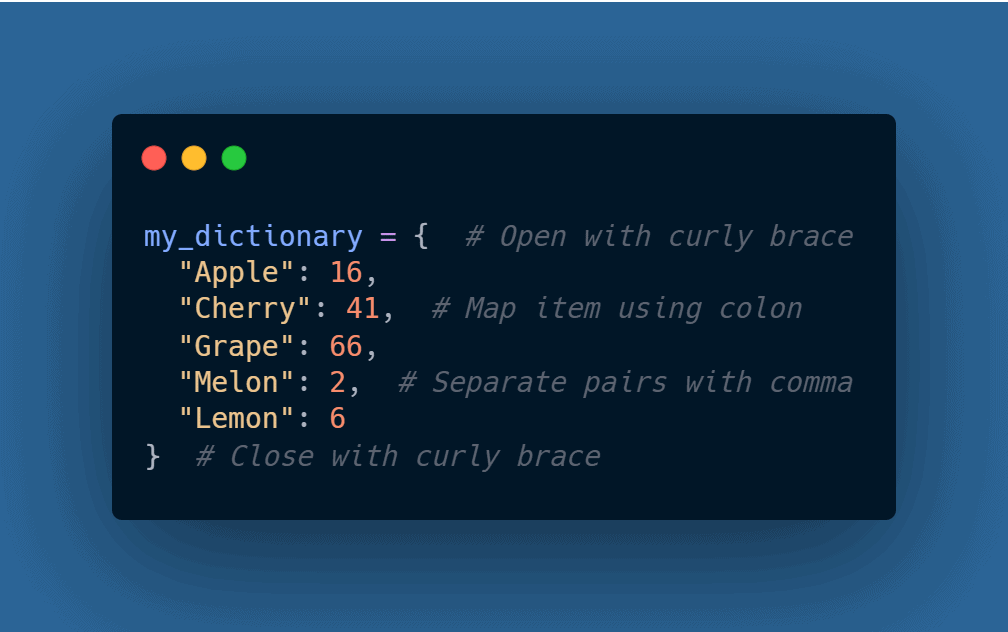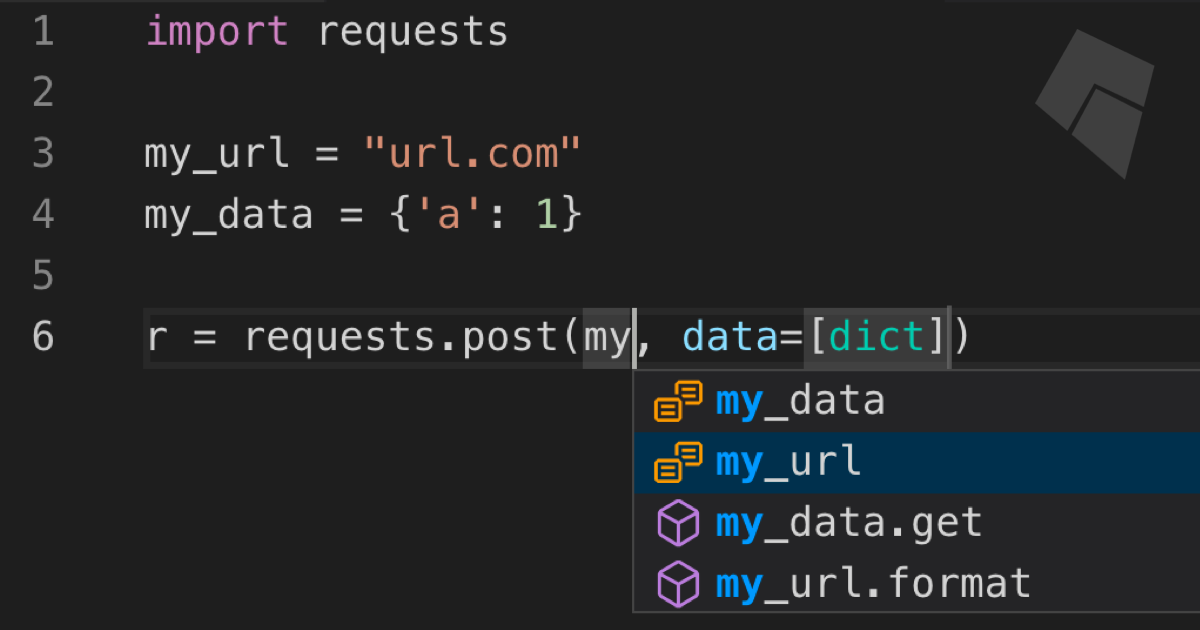


If (stage = Stages.AcceptingDeposits & now >= There is a gas limit of 2300 gas available, which is enough to complete the transfer transaction and aids in the prevention of reentry assaults: function Transfer(address payable _to) public payable else if (_from.balance uint) balances When using this approach, all receiving smart contracts must define a fallback function, or the transfer transaction will fail. The following code samples demonstrate different implementations.įirst is the Transfer method.
Complexity of the code snippit how to#
Let’s have a look at how to use the Transfer and Call methods for this purpose. These three methods have the same singular goal: to send Ether out of a smart contract. When transferring Ether in Solidity, we use the Send, Transfer, or Call methods. Concept: The worst-case time complexity indicates the longest running time performed by an algorithm given any input of size n, and thus guarantees that the algorithm will finish in the indicated period of time. we observed in the last code snippet from the previous section. Making a transfer from one address to another is a practical example of frequent concern in Solidity that can be regulated with design patterns. Flexibility inevitably comes at the cost of added complexity, which is a. ContentsĪs a developer, you can learn to use Solidity from various resources online, but these materials are not the same, because there are many different ways and styles of implementing things in Solidity.ĭesign patterns are reusable, conventional solutions used to solve reoccurring design flaws. This article will discuss the Solidity design pattern you must be familiar with Solidity to follow along. To maintain excellent standards, eliminate risks, mitigate conflicts, and construct scalable and secure smart contracts, it is necessary to study and use the correct implementation of design patterns and styles in Solidity. This is why practicing proper standards for DApps is so critical. The heart of most DApps and blockchain applications are smart contracts developed using Solidity.Ĭontribution to open source projects raises concerns within the Solidity community because these projects have real-world consequences for people’s money, and when developers from different backgrounds collaborate on a project, it is almost certain that there will be errors and code conflicts in the applications. He writes the following code to process these numbers to produce a third number c.Joel Adewole Follow Jamstack web developer | Technical writer | React | Python A developer’s guide to Solidity design patternsĭue to the continued increasing popularity of blockchain and DApps (decentralized applications), open source DApps are seeing growth in contributions from a wide variety of developers. Prashant takes as input 2 integer numbers, a and b, whose value can beīetween 0 and 127. For which of the following inputs will it give a wrong answer?

To her surprise her program gives the right output with some input values of a and b, while gives an erroneous answer for others. She writes theįollowing code statement to process a and b and put the result in c. She stores a, b and c as 1-byte data type. a and b can take integer values between 0 and 255. Parul takes as input two numbers: a and b. The second code has lower time complexity than the first code. The first code has higher time complexity than the secondĬ. We know that the first has a time complexity O(n2), while the second has a complexity &omega(n2).įor sufficiently large n, which of the following cannot be true?ī. Which of the following is not true about the time complexity of the program? A code takes the following code steps (equivalently time unit) to execute:ĥ n3 + 6n2 + 1. The number of bits required to store these two data-types will

Rahul wants to create two data types, first one which could store the letters of the language and a second one which could store any character in the language. A new language has 15 possible letters, 8 different kinds of punctuation marks – and a blank character.
Complexity of the code snippit archive#
You are here : Home > All Company Study Materials > Amcat Archive > Amcat Technical Questions


 0 kommentar(er)
0 kommentar(er)
